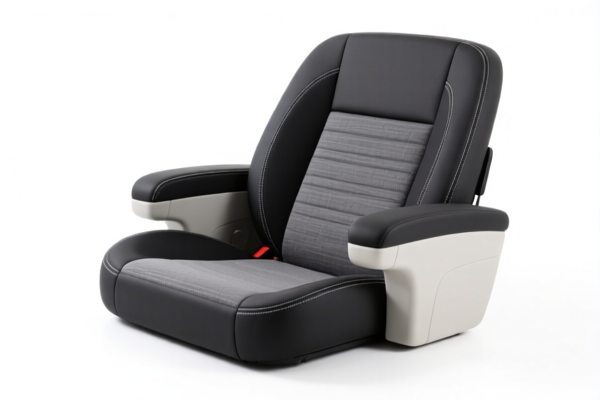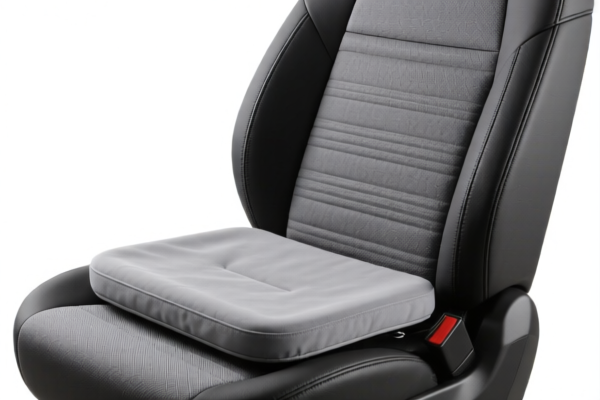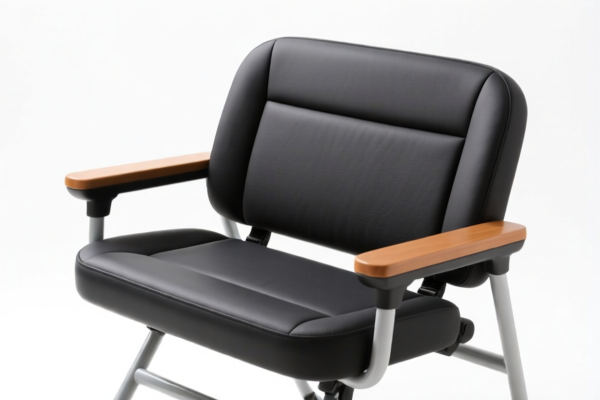| HS Code | Official Doc | Tariff Rate | Origin | Destination | Effective Date |
|---|---|---|---|---|---|
| 3926903000 | Doc | 59.2% | CN | US | 2025-05-12 |
| 3923900080 | Doc | 58.0% | CN | US | 2025-05-12 |
| 6304996040 | Doc | 33.2% | CN | US | 2025-05-12 |
| 6304910170 | Doc | 43.3% | CN | US | 2025-05-12 |
| 9401806025 | Doc | 55.0% | CN | US | 2025-05-12 |
| 9401806030 | Doc | 55.0% | CN | US | 2025-05-12 |
| 9402900020 | Doc | 30.0% | CN | US | 2025-05-12 |
| 9402900010 | Doc | 30.0% | CN | US | 2025-05-12 |
| 8304000000 | Doc | 33.9% | CN | US | 2025-05-12 |
| 8714950000 | Doc | 63.0% | CN | US | 2025-05-12 |
| 8714943080 | Doc | 55.0% | CN | US | 2025-05-12 |




Seat Extender
A seat extender is a device designed to increase the length of a vehicle seat cushion, providing additional legroom for the occupant. They are commonly used to address discomfort or limitations caused by insufficient seat depth, particularly for taller individuals or those with longer legs.
Material
Seat extenders are typically constructed from a combination of materials chosen for strength, durability, and comfort. Common materials include:
- Metal Framework: Steel or aluminum alloys are used for the supporting structure, providing stability and load-bearing capacity.
- Padding: High-density foam is frequently used for cushioning, offering comfort and pressure relief. Variations include memory foam for enhanced support.
- Upholstery: Materials like fabric, vinyl, or leather cover the padding, providing a comfortable and aesthetically pleasing surface. Durability and ease of cleaning are key considerations.
- Adjusting Mechanisms: Plastic or metal components are used for the levers, rails, and locking systems that allow for adjustment.
Purpose
The primary purpose of a seat extender is to improve driving comfort and reduce physical strain by:
- Increasing Legroom: Provides more space for the legs, preventing cramped positioning.
- Supporting Thighs: Offers better support for the thighs, reducing pressure on the back of the legs and improving circulation.
- Improving Posture: Corrects suboptimal seating positions, leading to better spinal alignment.
- Accommodating Body Size: Allows individuals with longer legs to sit comfortably in vehicles not designed for their stature.
Function
Seat extenders function by attaching to the existing vehicle seat rails, effectively lengthening the seat pan. Key functional aspects include:
- Rail Attachment: The extender typically slides and locks onto the vehicle's seat rails, similar to the original seat. Secure and reliable attachment is critical for safety.
- Adjustability: Most models offer adjustable length, allowing users to customize the extension to their preferred position.
- Locking Mechanism: A robust locking system secures the extender in place, preventing unwanted movement during driving.
- Limited Range of Motion: Extenders generally do not offer the full range of motion of a standard seat.
Usage Scenarios
- Tall Drivers/Passengers: Individuals whose legs are too long for the standard seat depth.
- Long Distance Driving: Providing increased comfort on extended trips.
- Post-Injury/Surgery: Supporting specific seating positions for recovery.
- Vehicles with Limited Seat Adjustment: Adding adjustability to vehicles lacking sufficient seat travel.
- Commercial Drivers: Improving comfort and reducing fatigue for those who spend long hours driving.
Common Types
- Manual Seat Extenders: These are the most common type, requiring the user to manually adjust the length and locking mechanism.
- Power Seat Extenders: These utilize an electric motor to adjust the length, offering greater convenience. These typically require professional installation.
- Universal Seat Extenders: Designed to fit a wide range of vehicle makes and models.
- Vehicle-Specific Seat Extenders: Custom-designed for particular vehicle models, offering a more precise fit and improved compatibility.
- Fixed-Length Seat Extenders: These offer a pre-determined length extension and do not allow for adjustment. These are less common.
Based on the provided information, “seat extender” can be interpreted as a modification or part of a seat, potentially for children or general use. Here are the relevant HS codes found within the reference material:
-
9401806025: Seats (other than those of heading 9402), whether or not convertible into beds, and parts thereof: Other seats: Other seats for children.
- 94: Furniture; bedding, mattresses, support, bracing and similar furnishings.
- 01: Seats (other than those of heading 9402).
- 80: Seats of plastics or wood.
- 60: Other seats.
- 25: Other seats for children. This code specifically covers seats designed for children.
-
9401806030: Seats (other than those of heading 9402), whether or not convertible into beds, and parts thereof: Other seats: Other Other.
- 94: Furniture; bedding, mattresses, support, bracing and similar furnishings.
- 01: Seats (other than those of heading 9402).
- 80: Seats of plastics or wood.
- 60: Other seats.
- 30: Other Other. This code covers seats that do not fall into more specific categories.
-
9402900020: Medical, surgical, dental or veterinary furniture (for example, operating tables, examination tables, hospital beds with mechanical fittings, dentists' chairs); barbers' chairs and similar chairs, having rotating as well as both reclining and elevating movements; parts of the foregoing articles: Other Other.
- 94: Furniture; bedding, mattresses, support, bracing and similar furnishings.
- 02: Medical, surgical, dental or veterinary furniture.
- 90: Other furniture.
- 00: Other.
- 20: Other Other. This code could apply if the seat extender is part of specialized medical furniture.
Regarding HS code 9401806025 and 9401806030, the total tax rate is 55.0%, comprised of a 25.0%加征关税 and a 30.0%加征关税 after 2025.4.2.
Regarding HS code 9402900020, the total tax rate is 30.0%, comprised of a 0.0%加征关税 and a 30.0%加征关税 after 2025.4.2.
Customer Reviews
No reviews yet.